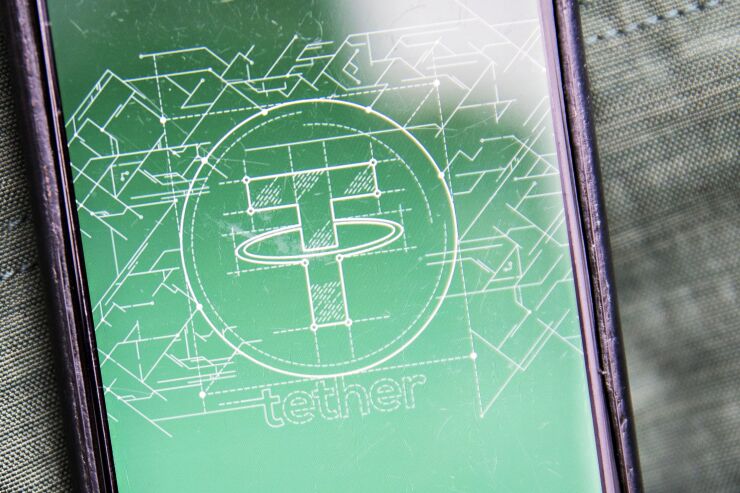Moody's is working on a scoring system for stablecoins, the crypto sector's most traded tokens, as the asset class grows and faces increased scrutiny from regulators and investors.
The system will include an analysis of up to 20 stablecoins based on the quality of attestations on the reserves backing them, according to a person familiar with the plans who asked not to be named discussing private information.

Stablecoins are digital tokens designed to maintain a one-to-one value with a less volatile asset, typically the U.S. dollar. To achieve that, their issuers generally hold at least an equivalent amount of that asset in reserve.
The project is still in early stages and won't represent an official credit rating, another person with knowledge of the plan said. A spokesperson for Moody's declined to comment. The company provides credit ratings for publicly traded crypto companies such as Coinbase Global, while its research arm issues broader analysis reports on the sector.
Stablecoin reserve attestations have come under more scrutiny in recent years as usage of the tokens increased, and as questions arose about the assets backing the largest one, Tether's USDT. Tether, which has $67 billion of dollar-pegged stablecoins in circulation, was fined by US authorities in 2021 for lying about its reserves.
Reserve attestations are usually published on either a monthly or quarterly basis, certified by third-party audit firms. These collateral piles typically consist of mostly short-dated U.S. Treasury bills, but some more experimental stablecoins — like MakerDAO's DAI — rely on other cryptocurrencies to maintain their pegs.
Banks and traditional financial institutions have become more interested in stablecoins as a means for tapping into distributed ledger technology. Some chose to develop their own tokens, such as JPMorgan's JPM Coin for internal payments which launched in 2019.
The entire crypto sector was rocked in May when the Terra ecosystem collapsed, caused by the failure of its algorithmic stablecoin TerraUSD which tried to maintain its dollar-peg through a complex system of code and trader incentives.
The knock-on effect wiped out several of the sector's biggest players, sent crypto prices downward and caused regulators to crack down on stablecoin issuers' lack of transparency.





